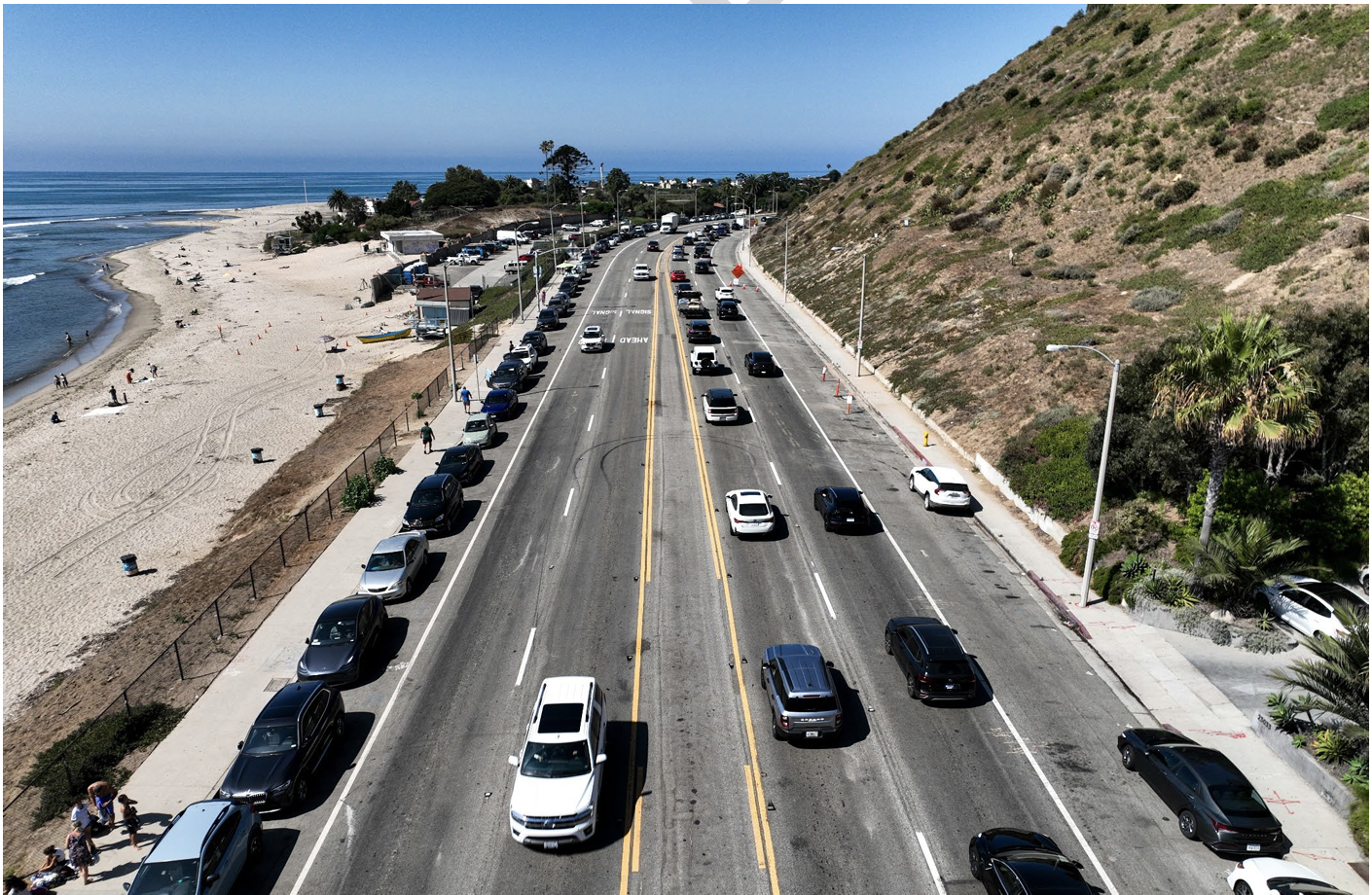![The latest cover of the city of Los Angeles draft Mobility Plan 2035. Image via DCP [PDF]](https://lede-admin.la.streetsblog.org/wp-content/uploads/sites/50/2015/05/MobilityPlan2035cover15Aprdraft.png?w=622)
The city of Los Angeles' progressive new Mobility Plan was approved by two City Council committees yesterday. The joint meeting of the Los Angeles City Council committees for Transportation and Planning and Land Use Management (PLUM) both approved the plan intact, postponing decisions on sabotage attempts by City Councilmbers Paul Koretz and Gil Cedillo.
Streetsblog readers may be familiar with earlier coverage including from when Mobility Plan 2035 passed the city's Planning Commission in May. If current trends continue, the relatively-multi-modal plan may look archaic by 2035, but it is nonetheless a big step in the right direction today. The Mobility Plan includes Vision Zero, a program to eliminate all traffic fatalities by 2035. In addition, the plan creates a series of network streets prioritizing various modes including walking, driving, transit and bicycling. Once adopted, the new plan would replace the one currently in effect: the 1999 Transportation Element of the city's General Plan.
The two committees are chaired by arguably the best livability leaders on the City Council. Jose Huizar chairs PLUM, and Mike Bonin chairs Transportation. In his introductory remarks, Councilmember Bonin decried that L.A. has been "too long autocentric" and that this plan helps the city to catch up with multi-modal transportation already increasingly embraced by the public. Staff leadership from the Department of City Planning (DCP) and Department of Transportation (LADOT) then presented the plan as a "balanced approach," a "policy shift," and a "recognition that we can't build our way out of traffic congestion."
Staff's presentation was followed by more than fifty public comments. Similar to the Planning Commission hearing, the vast majority of speakers were in favor of adopting the plan as is, while a sizable minority, primarily focused on opposing Westwood Boulevard bike lanes, spoke against. Opponents stated that Westwood bike lanes would be "a disaster" and that the plan would not serve the "85 percent who must drive cars."
Bonin and Huizar were adept in staving off two councilmembers pushing to undermine the plan's bikeways. Councilmember Koretz, claiming to be pro-bike based on his late-1990s support of West Hollywood's Santa Monica Boulevard bike lanes, repeatedly asserted that Westwood Boulevard should be removed from the plan's bikeway network, and that Westwood Boulevard really needs 16.5 foot wide lanes. Councilmember Cedillo was even more aggressively opposed to bikeway improvements, sending staff to request that the committees remove nearly all of the plan's designated future bike facilities in his council district: a dozen streets listed here. Reacting to Koretz's prolonged insistence on eliminating his Westwood facility, Councilmembers Marqueece Harris-Dawson and Felipe Fuentes responded that they'd like to see the opposite - more facilities implemented sooner in their districts.
Ultimately the full plan was passed unanimously by both committees, with both the Koretz and Cedillo motions postponed to be heard later in committees. The approval included a handful of minor amendments, including one from Councilmember Harris-Dawson that equity be a key factor in facility implementation.
The full Mobility Plan is expected to be heard at the full City Council some time next week.
More coverage of yesterday's plan approval at KPCC.





